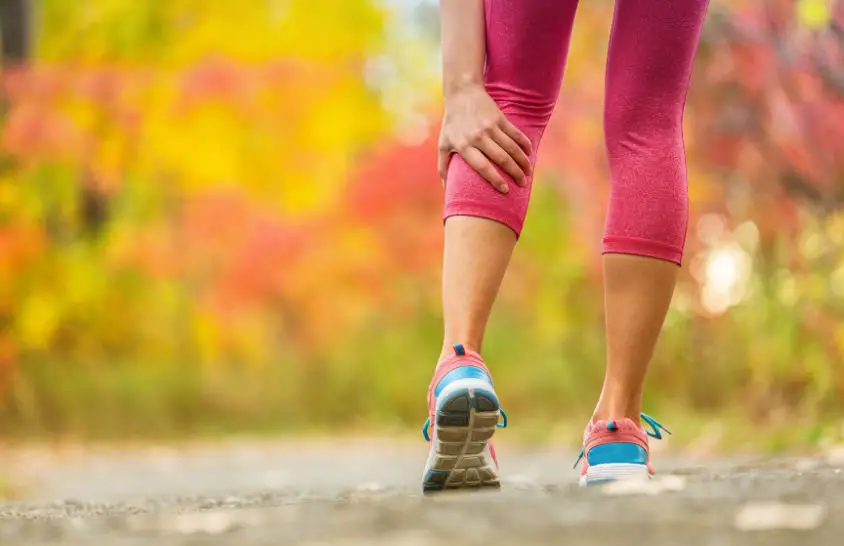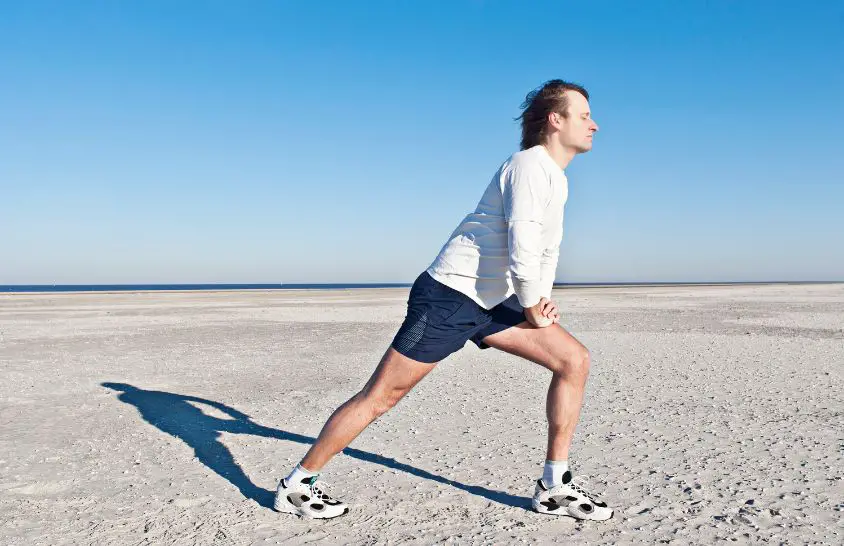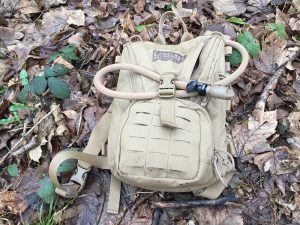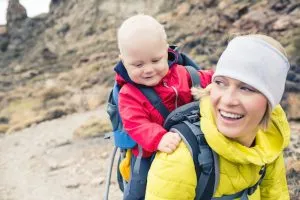Sore Calves After Hiking (Causes & Treatments)

Sore calves after hiking can be a common problem for hikers, especially if you’re new to hiking or have recently gone on a long hike. So first things first, it’s completely normal to have a bit of soreness, so don’t let the soreness keep you from enjoying the outdoors.
When it comes to calves, specifically, they tend to be an underdeveloped muscle for most people, so like I said, it’s pretty common to feel soreness in your calves after a strenuous (or even moderate) hike. So let’s explore further to learn more about what you can do to prevent and manage sore calves after a hike.
Quick Links
What Causes Sore Calves After Hiking?
There are a few different factors that can lead to sore calves after a hike. One of the main ones is fatigue. If you’re pushing your body too hard, it can cause your muscles to become fatigued and sore. This can be especially true if you’re new to hiking or you’re pushing yourself to go farther than you’re used to.
Additionally, if you’re walking on varied terrain, your calves may be engaged more than usual and result in soreness. It’s also possible for your calves to become sore if you’re wearing ill-fitting boots or shoes. This can have the same effect on your calves as walking on varied and rough terrain – overexertion.
How to Prevent Sore Calves After Hiking
The best way to prevent sore calves after hiking is to increase the difficulty and duration of your hikes gradually. Start with shorter distances and fewer inclines, and slowly work your way up. You should also make sure you’re wearing supportive shoes that fit properly, and take regular breaks during your hikes to give your muscles a rest. Additionally, stretching before and after your hike can help to reduce the risk of soreness.
Start Simple
If you’re new to hiking, it can be tempting to jump straight into a longer and more strenuous hike. But, it’s important to start simple. Begin with a short and relatively easy hike, like a flat trail that’s between 1-2 hours long. After a few of these hikes, you can start to increase the difficulty. This will help your body to gradually adjust to the activity, and help to prevent sore calves (amongst many other sore body parts!)
Be Mindful of Your Pace
It’s also important to pay attention to your pace when hiking. It can be easy to get carried away and inadvertently increase your speed. If you’re going too fast, it can cause your calves to start overworking themselves, which will lead to muscle soreness. If you find yourself getting tired more quickly than usual, take it as a sign that you need to slow down and take a break.
Stay Hydrated
Staying hydrated is also key to preventing sore muscles after a hike. Make sure to bring plenty of water and other hydrating beverages with you, and take regular sips throughout your hike. Dehydration can cause fatigue and make your body work harder than it needs to, which can lead to soreness in your calves. In addition, dehydration can lead to muscle cramps, which tend to affect your calves more than any other part of your leg.
Wear Good-Fitting Shoes Or Boots
It’s also essential to wear good-fitting shoes or boots when you go hiking. If your shoes are too big, your feet will slip around inside and cause your calf muscles to work harder. On the other hand, if your shoes are too small, your feet will be cramped, which can lead to sore calves and blisters. Make sure to try your shoes on before you hike, and ensure that they fit your feet properly.
Take A Break!
If sore muscles are becoming a regular problem, it might be a sign that you’re pushing yourself too hard. Make sure to take rest days regularly to give your muscles the time they need to recover and heal. Also, consider adding in different activities to your routine, such as swimming or biking, to give your calves a break from the strain of hiking.
What Stretches Can Help Relieve Sore Calves After Hiking?

Stretching is a great way to relieve sore calf muscles after a hike. Some of the best stretches for your calves include heel drops, calf stretches, and toe raises. Let me give you a quick rundown of each:
- Heel drops are done by standing on the edge of a step or stair and lowering your heels down so that your calf muscles stretch.
- For calf stretches, stand with your feet hip-width apart and bend one knee while keeping the other leg straight. Point your toes up and press down on your heel to stretch your calf muscle.
- Finally, for toe raises, stand on the edge of a step or stair and rise up onto your toes, keeping your legs straight. Hold for a few seconds and release. Make sure to repeat these stretches multiple times to get the full benefit.
If you do find yourself feeling sore, stretching is a great way to relieve the pain. Be sure to stretch regularly, both before and after your hikes, to keep your calf muscles flexible and healthy. I would recommend some lighter stretching beforehand, and a more thorough stretch afterward (once your muscles are all warmed up.)
How Long Does It Take for Sore Calves to Go Away After Hiking?
The length of time it takes for sore calves to heal after a hike depends on the intensity of the hike and the individual. Generally, mild soreness should go away within 24 to 48 hours. However, if you pushed yourself too hard during your hike and the soreness becomes more severe, it can take up to a week or more to fully recover. If it’s taking any longer than that – take it as a sign to get checked out by your doctor, because it could be a sign of something more severe than just muscle soreness.
It is important to give your body the time it needs to rest and heal after a hike. This means taking a break from any strenuous activities and continuing to stretch both before and after your hikes. Once your muscles start to feel better, begin increasing the difficulty of your workouts gradually to prevent further injury. If the soreness persists or is accompanied by any other unusual symptoms, it is best to consult a doctor. They can assess the severity of your calf pain and help you come up with a treatment plan to help you recover quickly and safely.
Extended muscle pain or soreness is NOT something you want to mess around with – get it checked out if you feel that something’s off.
How Can I Strengthen My Calves to Prevent Soreness After Hiking?
Strengthening your calf muscles can also help reduce soreness and fatigue after a hike. There are several specific exercises you can do to strengthen your calves, such as weighted calf raises, toe taps, and weighted heel drops. You can also incorporate other activities like running, cycling, and stair climbing into your workout routine to help build up the strength of your calf muscles.
In addition to strengthening your muscles, you should also focus on improving your posture to prevent soreness and fatigue. Make sure that your back is straight and your shoulders are relaxed when you are hiking or walking. Good posture can make all the difference when it comes to fatigue and soreness. This will help to reduce the strain on your calves and help you stay comfortable during and after your hike.
Conclusion
Hiking can and will eventually lead to calf soreness and fatigue once you really start to push yourself out there. It’s important to take the necessary precautions to reduce and prevent calf pain after a hike so that you can enjoy your time outdoors without any discomfort.
Start by stretching before and after your hike, as well as increasing the difficulty of your workouts gradually. Additionally, focus on strengthening your calf muscles with specific exercises and improving your posture. Doing these things will help you stay comfortable and mitigate any calf pain or soreness after a hike.






